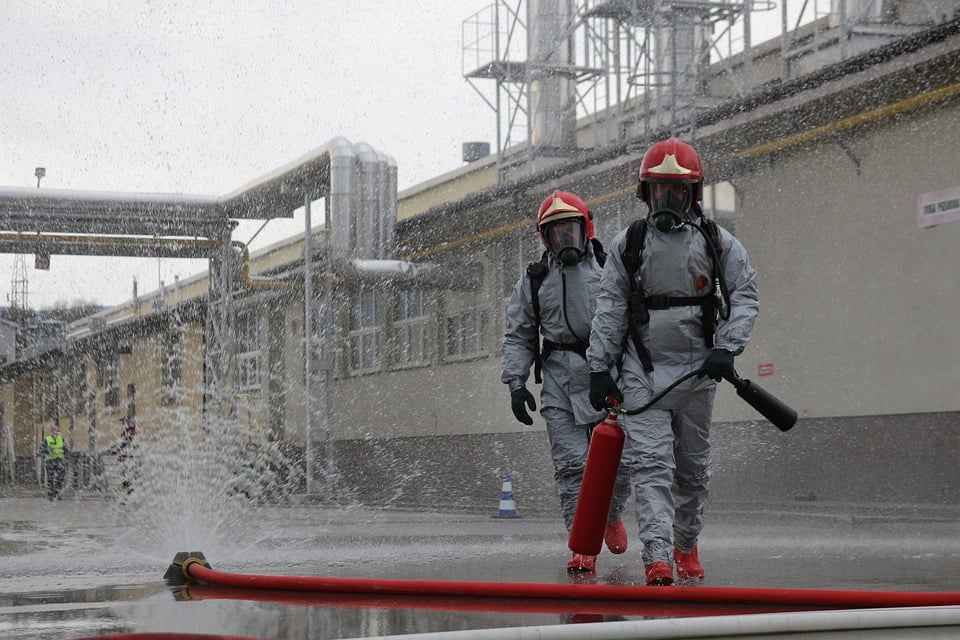Sky High Nausea: A Guide to Flying Safe and Soothing
As you step onto the plane, you can’t help but feel a mix of excitement and anxiety. The thought of soaring through the skies is thrilling, but the possibility of turbulence and motion sickness can be daunting. Nausea is a common issue for many flyers, and it’s essential to know how to prepare and cope with it.
Why Does Nausea Happen in Flight?
Motion sickness, also known as airsickness, occurs when your body receives conflicting signals from your senses. In flight, the motion of the plane, combined with the pressure changes and visual cues, can cause your inner ear, eyes, and brain to disagree on the movement. This can lead to symptoms like dizziness, nausea, and vomiting.
Who’s Most Susceptible to Nausea in Flight?
Anyone can experience nausea in flight, but certain groups are more prone to it:
- Children and teenagers: Their developing brains and inner ear systems make them more susceptible to motion sickness.
- Pregnant women: Hormonal changes and pressure changes during flight can exacerbate nausea.
- People with anxiety or stress: Fear of flying can increase the likelihood of nausea.
- Those who are prone to motion sickness: If you experience nausea on ferries, trains, or cars, you may be more likely to experience it in flight.
How to Prevent Nausea in Flight
Prevention is key to minimizing nausea in flight. Try these tips:
- Choose your seat wisely: Opt for a seat over the wing, where the plane tends to be smoother.
- Stay hydrated: Drink plenty of water before and during the flight to avoid dehydration.
- Avoid heavy meals: Eat a light meal or snack before flying, and avoid greasy or spicy foods.
- Avoid reading or screens: Focus on the horizon or gaze out the window to distract yourself from the motion.
- Use natural remedies: Ginger, peppermint, and acupressure bands can help alleviate nausea.
What to Do If You Experience Nausea in Flight
If you do experience nausea in flight, don’t panic! Try these remedies:
- Take deep breaths: Breathe slowly and deeply to calm your body.
- Ginger to the rescue: Suck on ginger candies or take ginger tea to help soothe your stomach.
- Stay calm: Listen to calming music, meditate, or practice relaxation techniques.
- Seek help: If your symptoms worsen or you experience severe nausea, vomiting, or dizziness, alert the flight attendants for assistance.
FAQs
Q: Can I take medication for nausea in flight?
A: Yes, over-the-counter motion sickness medication like Dramamine or Bonine can be effective. However, consult with your doctor or pharmacist before taking any medication.
Q: Will my nausea go away once the plane lands?
A: Yes, symptoms usually subside once the plane lands and you’re no longer in motion.
Q: Can I still enjoy my flight despite nausea?
A: Yes! While nausea can be uncomfortable, it’s not a reason to avoid flying altogether. With preparation and the right remedies, you can still enjoy the sights and experience of flying.
Image: A serene landscape of clouds and a plane soaring through the sky, with a subtle hint of a motion sickness band on the passenger’s wrist.
By understanding the causes of nausea in flight and taking proactive steps to prevent and alleviate it, you can enjoy a safe and soothing flying experience. Happy travels!



